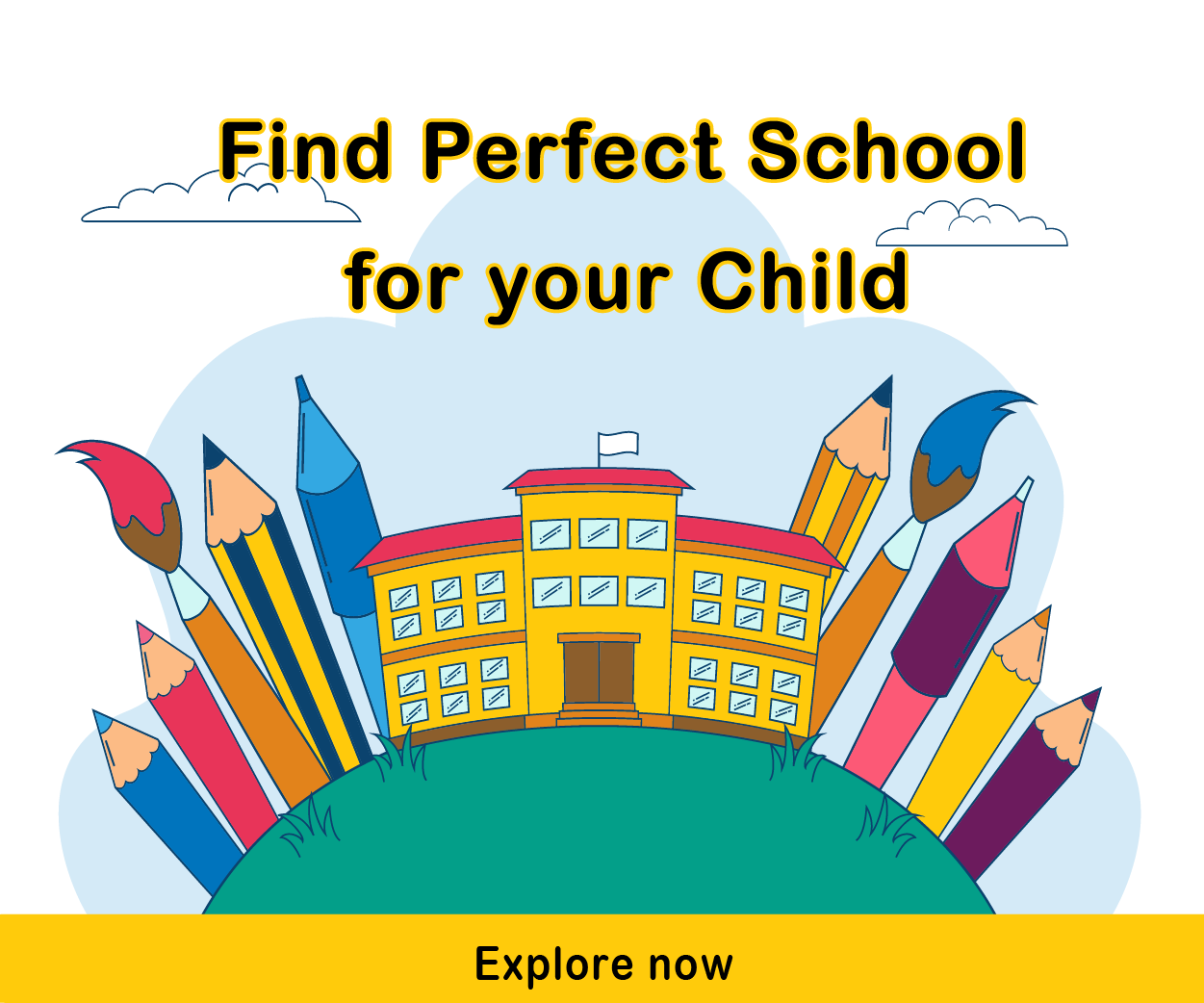As a parent, you want your child to get the best education. You want them to see them excelling. But how could you understand that the curriculum is followed by your child’s school and what impact does this have on his/her study? As a concerned parent, you may be asking yourself how to assist your child with his/her learning at home and ensure that they become the best version of themselves.
The curriculum has many types that vary with the school’s philosophy, resources, and needs. In this article, we will review some of these curriculums. Further, we shall also provide you with useful recommendations and instructions that may help one to understand.
What is a School Curriculum and Why Does it Matter?
Any learning experiences through which a student passes are planned and organized as it were for any given curriculum at his school. It outlines what students should know and be able to do when a term ends or after the end of the course. A curriculum also mirrors the societal values, longings, and wishes of a school together with its community.
The curriculum is vital as it signifies the way your child should study, what they will be studying, and how their performance will be measured. Different curricula have different strengths and weaknesses, which could be appropriate for diverse students in distinct ways. Knowing the curriculum provides you with the opportunity to understand your child’s academic progress, strengths, and weaknesses at school so that you can support him or her more professionally on a personal basis.
What are the Different Types of Curriculums?
Schools may vary in the types of curricula that they adopt or develop depending on their chosen philosophy, available resources, and requirements. Some of the common types of curricula are:
Standards-based curriculum
This model of curriculum is developed according to several identifiable and measurable learning standards or outcomes that students are supposed to achieve by the end of grades or courses.
Standards are typically established by the state or national authorities, and they correspond to standardised tests that students take. The standards outline what students should know and be able to do in each subject area, such as math science language arts social studies, etc. The curriculum presents a guide for teachers when planning instruction delivery that supports the achievement of these standards by students.
Inquiry-based curriculum
This model of curriculum is facilitated by the philosophy that best learning and teaching takes place when students are actively engaged in discovering, exploring, or Investigating new knowledge and skills. The curriculum activates students to question and hypothesize, try experiments; gather data, and analyze it, therefore making conclusions. The curriculum also improves students’ critical thinking, problem-solving, and communication skills. The teacher guides and assists inquiry, not through direct teaching.
Project-based curriculum
This type of curriculum is so-called because it was built upon the fact that students learn best by creating authentic products or solutions revolving around real-life problems. The curriculum includes a variety of subjects and skills, such as math, science, language arts, social studies, etc. The courses also develop students’ collaboration skills creativity and communicative abilities. The teaching role involves the designing and management of projects, as well as giving feedback and support to students.
Here are some short and simple steps to follow to navigate different curriculum as a parent
- You can refer to the school’s website, newsletters, handbooks, or reports for this information. You may also approach your child’s teacher, counselor, or principal and question him/her about the curriculum that is being used in this class, how they are teaching, what kind of assessments are there, and the availability of resources.
- Help your child to learn at home and assist them in dealing with their challenges and problems. You can assist your child in formulating reasonable and achievable goals and tracking his manner of advancement. You could also create a positive and stimulating educational atmosphere at home, one that affords your child the necessary time, space, and materials to do his or her homework, projects, etc. You can also assist your child with their homework, projects, or assignments though do not do it for them. Instead, they can simply guide them; pose questions to them, and verify their work.
- Make your child interested in what he or she is learning, discuss with them their schoolwork, and engage him/her in conversation. You may also associate their studying with what they are interested in, like sports or languages; tell them how the principles and skills gained can be used to solve problems right outside classroom walls. You can also surround your child with different sources of information and lifelong learning such as books, magazines, websites, videos podcasts, etc.
- Engage yourself in your child’s learning activities such as experiments, investigations, or presentations, and make comments on what was done right and wrong. You can also go to parent-teacher conferences, workshops, or meetings and get feedback on how your child progresses. You can also go to local companies, museums, or historical sites and participate in some volunteer work or community activities that use what you learn at school for real-world problems.
- Encourage a love of learning over the fear of failure. Teach your child that mistakes are opportunities to grow, and persistence is key to success. You can also help your child develop a growth mindset, and see the interconnectedness of knowledge. You can also make learning a family affair, and engage in stimulating conversations, activities, and experiences together. Show your child that learning is a continuous journey, not just a school requirement.
Conclusion: Becoming an Engaged and Informed Parent
We have looked into the various types of curricula that may be followed by schools and how they impact your child’s learning. We have also offered you actionable suggestions and guidelines on how to assist your child in learning different subjects.
Remember, the curriculum is just a framework. As a parent, your role goes beyond mere knowledge of its technicalities. You are your child’s first and most important teacher, and you have the power to inspire, motivate, and empower your child to become a lifelong learner.
We hope this article has given you some insights and tools to help you navigate the curriculum maze, and to transform it into a thrilling discovery. Happy learning!









Be the first one to comment on this story.